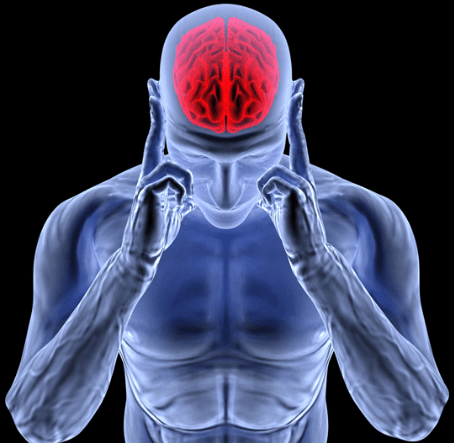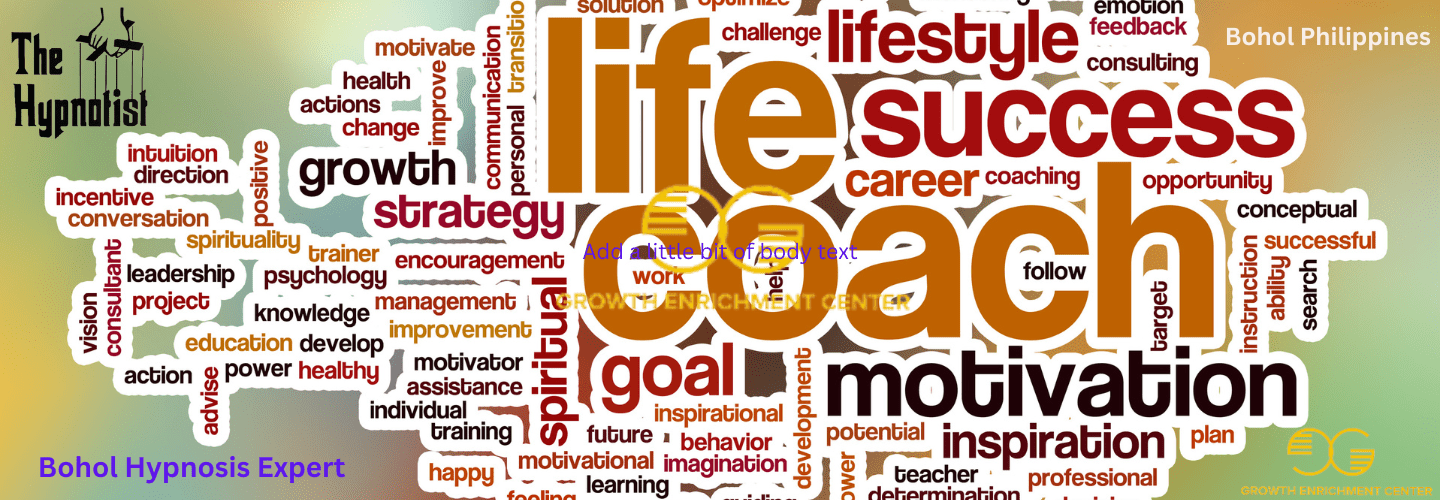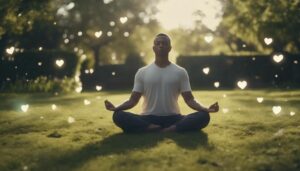
SPORTS ENHANCEMENT WITH HYPNOSIS
 Sports enhancement and endurance is looking to hypnosis for answers and advancement of ability. Just as self hypnosis can facilitate progress in academic, work and social activities, so it can facilitate progress in sport.
Sports enhancement and endurance is looking to hypnosis for answers and advancement of ability. Just as self hypnosis can facilitate progress in academic, work and social activities, so it can facilitate progress in sport.
VISUALIZE THE END RESULT
Research in sports achievement have shown amazing similarities between that the most common characteristic of elite athletes. This commonality is in the a high level of imagery, visualizing the end result.
Top athletes regularly engage the right side of their brain. This creative side that uses images and abstract concepts. They visualize practicing skills and rehearse various scenarios that are integral to their discipline and success.
To assist you in harnessing the power of imagination, we are going to explore recent research and practical applications of two techniques. These are often taught by sport psychologists and team hypnotists.
Understanding imagery and hypnosis
Mental imagery is the process by which we create or recreate experiences in the mind using information stored in our memory. This includes visualizing or dreaming. Maybe even daydreaming to see yourself completing your desired result. Some see a movie on the screen in their mind, and they are the star.
You engage in imagery every time you have a dream. But this is an unstructured form of imagery. Structured imagery is aided by a vivid imagination, and the more details athletes have over their imagination, the more they are able to control their performance.
The more vivid and the more emotions injected into the visualization the stronger it becomes. Athletes vary greatly in their imagery ability and in the senses they engage during imagery.
MAKE A MOVIE IN YOUR MIND
Some people like to be in the movement internally, a process known as kinaesthesis. Others like to see their performance unfold as if watching on a head cam. This is known as visual-internal imagery.
Another frequently used type of imagery is referred to as visual-external imagery. Where seeing yourself perform from a distance as though watching from a grandstand or viewing video playback.
With practice, it is possible to engage all of the senses at once or synaesthetically to create really vivid experiences.
Research shows that the more clearly you are able to experience mental images. The more accurately you can control your imagined movements. More likely you are to translate the images into superior performance.
Self hypnosis
Self-hypnosis is a state of heightened awareness and relaxation that is self-induced. It is used by athletes in a variety of sports. Using imagery as discussed above, enhanced endurance, lower stress, relaxed performance, increased strength and elevated performance can be expected.
As a stress management technique it can also accelerate many aspects of mental training. Using keywords in post hypnotic suggestions can reduce pain and bleeding during injuries. Also keywords can trigger lower pain thresholds and induce Adrenalin and endorphins production.
There is nothing mystical about hypnosis. Just think of it as reaching a deep state of relaxation that is extremely pleasurable. You may well have experienced something similar to a hypnotic state when driving a car along a very familiar route. Your detailed knowledge of the route means that you drive the car automatically. Arriving at your destination with very little conscious effort.
A common misconception that people have about hypnosis is that it must involve a deep state of trance, in which you are oblivious to what is going on and have absolutely no control over your actions. In actuality, you have full control and are able to tap the power of the right brain. Giving you added creativity, far more effectively than in a normal state of wakefulness.
The body of knowledge
Research shows that imagining yourself performing any sports skill, causes electromyographical activity in the muscular system. This is the same result resembling that which would occur during the physical execution of the skill.
For example, if you were to imagine yourself flexing your left arm from the elbow joint, it would be possible to monitor activity in the biceps muscles even though no physical movement occurs. Many tests have been done demonstrating this.
One test had two basketball teams practice, one on the court as regular practice. The other team was placed in hypnosis. They were talked through the same practice sitting on the bench but using visualization to complete the practice. No difference was found in the performances when compared in a live game.
IMAGERY TECHNIQUES
One of the best uses of imagery comes during the learning or honing of a sports skill. The more images that can be used to replace verbal explanation or reasoning in learning, the faster learning will progress.
Whether you are in the position of teacher or learner, imagery has a significant part to play in communicating and understanding skills. If you can capture the heart of a skill in a simple image, practice is made far less arduous.
A particularly good way to develop your skills is thorough recreating the image of an expert in your sport. I often ask athletes to observe a top performer they really admire such as Roger Federer if they’re a male tennis player. Then to imagine themselves as that performer in full flow. I increase the intensity of the experience through progressively adding each of the senses.
For example, to recreate the experience of serving, the player is asked to imagine the feeling of stretching up and swinging the racket. Hear the sound of the ball as it makes contact with the sweet spot of the racket. The smells in the air and the taste of sweat, in addition to seeing himself perform the skill.
Getting psyched-up is just as much a limiting factor to peak performance as is over-excitement and high anxiety. Thankfully, the power of your imagination can also be used to get you feeling ‘up’ for a competition or training session.
The heightened state of awareness achieved during self hypnosis will allow you to enjoy extremely vivid mental rehearsal that will program the pattern of muscular activity.
When golfing legend Tiger Woods feels anxious, he gets his mental coach Jay Brunza to hypnotize him. Woods is then able to engage in positive imagery, block out any nagging doubts and focus on the task at hand. Hypnosis works well as a stress management tool and as a precursor to mental rehearsal.
Self hypnosis mp3 program is available with the program Unleash The Power Of Your Mind. Other powerful reading information is in a book called Your Secret Power.





